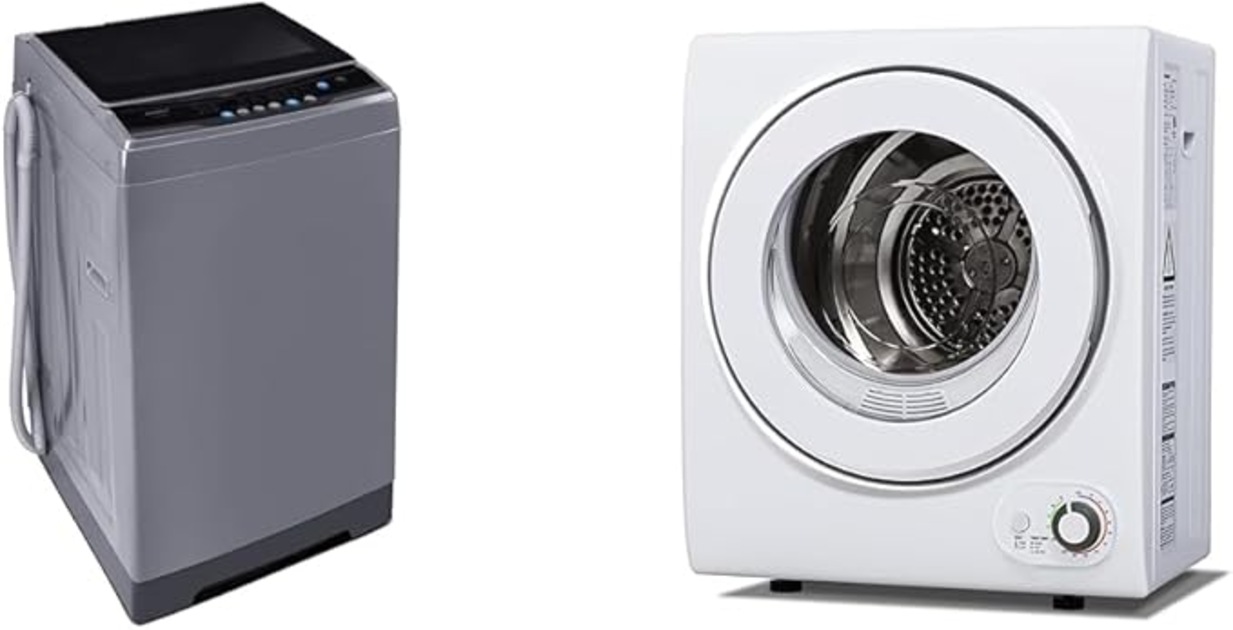
Compact front load washers are efficient appliances designed for smaller spaces. They offer high performance while saving water and energy.
Compact front load washers are becoming increasingly popular for urban living and smaller homes. Their space-saving designs make them ideal for apartments and tight laundry areas. Despite their size, these washers deliver excellent cleaning power, often outperforming traditional top-load models.
Many feature advanced technology, including steam cleaning and intelligent controls, enhancing user convenience. Energy efficiency ratings help consumers save on utility bills, making them a practical choice. With various styles and capacities available, finding the suitable model to fit your needs is easier than ever. Compact front load washers combine functionality and modern design, revolutionizing how we do laundry in limited spaces.

What Are Compact Front Load Washers?
Compact front load washers are specially designed washing machines that save space while providing efficient cleaning. They are perfect for tiny homes, apartments, or even for those who travel. Many people use them in campers or RVs. These machines offer a great combination of style and functionality.
Compact front load washers are smaller versions of traditional front-load washing machines. They typically measure less than 24 inches wide. This size makes them ideal for tight spaces.
● Great for apartments and tiny homes.
● Perfect for washing machines for campers.
● Can fit under counters or in closets.
These washers use less water and energy. They spin clothes faster, reducing drying time. Many models offer advanced features like:
1. Multiple wash cycles.
2. Quiet operation.
3. Digital controls.
Nonelectric portable washers are also an option for those who want something smaller. These can be great for camping trips, allowing you to wash clothes without a power source.
| Features | Benefits |
|---|---|
| Space-saving design | Fits in small areas. |
| Energy-efficient | Lower utility bills. |
| Fast spin cycles | Less drying time. |
| Quiet operation | Less noise while washing. |
Many people find that a compact washer perfectly fits their lifestyle. Whether you need a foot washer machine for quick clean-ups or an entire washer for regular laundry, these machines have you covered.
Key Features To Consider
Compact front load washers are an excellent choice for small spaces. They save space while offering powerful cleaning features. Selecting a suitable model can make laundry day easier. Focus on the key features to find the best fit for your needs.
Capacity
Capacity refers to how much laundry a compact front load washer can handle. Most compact models hold between 2.0 and 4.0 cubic feet. This size is perfect for small families or individuals. Here are some essential points to consider:
● 2.0 – 2.5 cubic feet: Ideal for singles or couples.
● 2.5 – 3.5 cubic feet: Suited for small families.
● 3.5 – 4.0 cubic feet: Good for larger households.
To help you understand capacity, here’s a quick comparison:
| Capacity (Cubic Feet) | Load Size | Best For |
|---|---|---|
| 2.0 – 2.5 | Small | Singles or Couples |
| 2.5 – 3.5 | Medium | Small Families |
| 3.5 – 4.0 | Large | Larger Households |
A compact washer with a lower capacity works well for campers. Consider your laundry needs before choosing a model.
Energy Efficiency
Energy efficiency is vital for saving money and protecting the environment. Compact front load washers often come with Energy Star ratings. These ratings show how much energy the machine uses. Here are some benefits of energy-efficient models:
● Lower electricity bills.
● Less water usage.
● Quieter operation.
Some compact washers use advanced technology to improve efficiency. Look for features such as:
1. Load sensing technology.
2. Eco-friendly wash cycles.
3. High-efficiency detergent compatibility.
Using a nonelectric portable washer can also save energy. These models are great for campers or anyone living off the grid.
Table of Contents
Spin Speed
Spin speed is how fast the washer spins during the cycle. Faster spin speeds mean drier clothes. Most compact front load washers range from 800 to 1,600 RPM (revolutions per minute). Here’s why spin speed matters:
● Higher speeds extract more water.
● Shorter drying time.
● Less energy use in the dryer.
Choose a washer with adjustable spin speed for better control. Some models allow you to set the speed based on fabric type. Consider these factors:
| Spin Speed (RPM) | Effect |
|---|---|
| 800 | Good for delicates |
| 1,200 | Standard for most fabrics |
| 1,600 | Best for heavy items |
A foot washer machine with high spin speed can make laundry more efficient. Choose wisely for the best results.
Benefits Of Compact Washers
Compact front load washers are perfect for small spaces. They offer many benefits, making them an excellent choice for apartments, campers, or anyone with limited room. These washing machines are designed to save space while providing powerful cleaning. Let’s explore the benefits of compact washers.
Space Saving
Compact front load washers are designed to fit in tight spaces. They are usually smaller than traditional washers. This makes them ideal for:
● Apartments with limited laundry space
● Small homes or condos
● Washing machines for campers or RVs
Many compact washers can also be stacked. This helps free up more floor space. Here’s a quick comparison:
| Washer Type | Typical Size (Width x Depth) | Best For |
|---|---|---|
| Compact Front Load Washer | 24″ x 25″ | Apartments, RVs |
| Standard Front Load Washer | 27″ x 30″ | Homes |
You can enjoy a clean home without sacrificing space with a compact washer. The sleek design fits easily in closets, under counters, or even in a bathroom.
Water Efficiency
Water efficiency is a significant benefit of compact front load washers. These machines use less water compared to traditional washers. They can save you money on water bills. Here’s how they achieve this:
● Using advanced technology to detect load size
● Requiring less water for each cycle
● Using high spin speeds to reduce drying time
Many compact washers use up to 50% less water. This makes them eco-friendly. Using less water helps the environment. Here’s a quick comparison:
| Washer Type | Water Usage (Gallons per Load) |
|---|---|
| Compact Front Load Washer | 15-20 |
| Standard Top Load Washer | 30-40 |
Choosing a compact washer means making an intelligent choice for your wallet and the planet. Enjoy clean clothes while conserving water.
Gentle On Clothes
Compact front load washers are gentle on clothes. They treat your fabrics with care. This is important for keeping clothes looking new. Here’s how they do it:
● Front load design reduces wear and tear
● Low agitation protects delicate fabrics
● Using steam cleaning options for tough stains
Using a compact washer keeps your favorite clothes safe. It is especially great for:
1. Delicate fabrics like silk and lace
2. Baby clothes that need extra care
3. Activewear that needs gentle cleaning
You can even wash clothes while camping with a nonelectric portable washer or foot washer machine. Compact washers provide excellent cleaning without damaging your clothes, making laundry day less stressful.
Top Brands And Models
Compact front load washers are a smart choice for small spaces. They fit well in apartments, RVs, and even tiny homes. Many brands offer reliable models that save water and energy. Choosing the suitable model can make laundry day easy.
Here are some of the top brands and models to consider.
Brand A
Brand A is known for its high-quality compact front load washers. These machines are perfect for small living spaces. They provide excellent cleaning performance and energy efficiency.
● Model A1: Great for saving water and energy.
● Model A2: Comes with a quick wash feature.
● Model A3:Ideal for washing machines for campers.
| Model | Capacity | Energy Rating |
|---|---|---|
| A1 | 2.2 cu. ft. | A+++ |
| A2 | 2.4 cu. ft. | A++ |
| A3 | 2.0 cu. ft. | A+ |
Brand A’s compact washers are durable and easy to use. They have user-friendly controls and multiple wash settings, making them great for busy families or single users.
Brand B
Brand B offers a variety of compact front load washers that stand out. Their machines are designed for efficiency and performance. Many models are perfect for tight spaces, like apartments or RVs.
● Model B1: Nonelectric portable washer option.
● Model B2: Features a steam cleaning option.
● Model B3:Foot washer machine that is easy to operate.
| Model | Capacity | Special Feature |
|---|---|---|
| B1 | 2.5 cu. ft. | Portable |
| B2 | 2.3 cu. ft. | Steam Cleaning |
| B3 | 2.1 cu. ft. | Foot Washer |
Brand B’s models have innovative features. They make washing clothes quick and efficient, and their compact design is perfect for those with limited space.
Brand C
Brand C is another top choice in the compact washer market. Their machines are packed with features that enhance washing performance. Many models are designed for ease of use and convenience.
● Model C1: Great for energy-saving.
● Model C2: Quick wash cycles for busy lifestyles.
● Model C3:Compact design for tight spaces.
| Model | Capacity | Price |
|---|---|---|
| C1 | 2.4 cu. ft. | $799 |
| C2 | 2.2 cu. ft. | $699 |
| C3 | 2.0 cu. ft. | $599 |
Brand C’s compact front load washers are user-friendly. They fit well in any small area. These machines are perfect for people who travel or live in cozy homes.
Installation Tips
Compact front-load washers are perfect for small spaces. They save water and energy while providing powerful cleaning. Proper installation is critical to optimal performance. Here are some essential installation tips to get you started.
Space Requirements
Before installing your compact washer, measure your space. Ensure it fits comfortably in your laundry area. Here are the space requirements to consider:
● Dimensions: Check the width, depth, and height of the washer.
● Clearance: Leave at least 1 inch on each side for airflow.
● Accessibility: Ensure you can easily open the door and access controls.
Most compact washers measure around 24 inches wide. They can fit in tight spots, like closets or small laundry rooms. Use this table to check standard compact washer dimensions:
| Washer Model | Width (inches) | Depth (inches) | Height (inches) |
|---|---|---|---|
| Model A | 24 | 25 | 33 |
| Model B | 24 | 26 | 34 |
Small washers, like those designed for campers, also need proper space. Ensure your compact washer has enough room to breathe. This helps prevent overheating and improves efficiency.
Plumbing Needs
Proper plumbing is crucial for your compact washer. Ensure you have the right connections. Here are the plumbing needs to consider:
● Water Supply: You need both hot and cold water lines.
● Drainage: Ensure a proper drain hose connection.
● Hose Length: Use long enough hoses to reach your water supply.
Compact front load washers usually come with installation kits. Use these kits for easy setup. Here’s an essential setup guide:
1. Connect the hot and cold water hoses to the washer.
2. Attach the drain hose to the drainage system.
3. Check for leaks before using the washer.
Make sure nonelectric portable washers have an easy way to drain. This is important for maintaining cleanliness and hygiene.
Electrical Considerations
Electrical requirements are vital for your compact washer’s performance. Follow these guidelines to ensure safety and efficiency:
● Voltage: Most compact washers require 120 volts.
● Dedicated Circuit: Use a dedicated circuit to avoid overloads.
● Grounding: Ensure proper grounding for safety.
Check your home’s electrical panel. Make sure it can support your new compact washer. Here are a few quick tips:
1. Avoid using extension cords.
2. Ensure the outlet is easily accessible.
3. Consider surge protectors for added safety.
For a foot washer machine, ensure it’s plugged into a safe outlet and follow all safety guidelines to avoid accidents.
Maintenance Best Practices
Compact front-load washers are efficient and space-saving appliances. They are perfect for small homes, apartments, or even washing machines for campers. Proper maintenance is critical to ensuring these machines work well and last longer. Follow these maintenance best practices to keep your washer running smoothly.
Cleaning The Drum
Cleaning the drum of your compact washer is vital for preventing odors and buildup. A clean drum ensures your clothes come out fresh and free of residue. Here are some steps you can follow:
● Run a hot cycle: Use the hottest water setting without clothes.
● Add vinegar: Pour two cups of white vinegar into the drum.
● Run the cycle: Start the washing machine and let it run.
● Wipe the door: Clean the door with a damp cloth after the cycle.
Repeat this cleaning process monthly. You can also use a special washing machine cleaner. This helps remove any detergent buildup. Remember to leave the door open after use.
This allows the drum to dry and prevents mold.
Here’s a quick table for your cleaning schedule:
| Task | Frequency |
|---|---|
| Drum Cleaning | Monthly |
| Door Wipe | After Each Use |
Checking Hoses
Checking the hoses of your compact front load washer is essential for preventing leaks. Damaged hoses can lead to significant water damage. Follow these steps for a thorough inspection:
● Inspect hoses: Look for cracks or bulges on the hoses.
● Check connections: Ensure the hoses connect tightly to the washer and water source.
● Replace if needed: Change hoses every five years or sooner if damaged.
Use high-quality hoses for replacements. They are less likely to burst. Always turn off the water supply when not in use. This protects your home from unexpected leaks.
Ensure your compact washer is safe and dry.
Regular Inspections
Regular inspections help maintain your nonelectric portable washer or compact washer. Create a routine to check various parts of your washing machine. Here’s what to focus on:
1. Check the filter: Clean the filter monthly to avoid clogs.
2. Inspect seals: Look for wear on door seals to prevent leaks.
3. Examine the drum: Ensure it spins freely without noise.
4. Monitor performance: Watch for unusual sounds or smells.
These steps ensure your foot washer machine functions well. Keeping an eye on your appliance can save money on repairs and replacements. A little care goes a long way in maintaining your compact washer.
Common Issues And Solutions
Compact front load washers are famous for their efficiency and space-saving design. Many users enjoy their benefits but need help with everyday issues. Understanding these problems and their solutions can enhance your laundry experience. This guide will help you troubleshoot and resolve some frequent challenges.
Leaking Water
Water leakage in compact front load washers can be a frustrating issue. It often indicates a problem that needs quick attention. Here are some common causes of leaking:
● Loose Hoses: Check all water hoses for tightness.
● Worn Door Seal: Inspect the rubber door seal for cracks or debris.
● Overloading: Overloading the washer can cause water to spill.
To solve these issues:
1. Ensure hoses are securely attached.
2. Replace the door seal if it shows signs of wear.
3. Reduce the load size to prevent overflow.
If the problem persists, consider using a table to compare potential fixes:
| Issue | Solution |
|---|---|
| Loose Hoses | Tighten connections |
| Worn Door Seal | Replace the seal |
| Overloading | Reduce laundry load |
Unbalanced Loads
An unbalanced load can cause your compact washer to shake or make noise. This problem often occurs with heavy or bulky items. Here’s how to identify and fix this issue:
● Distribute Laundry Evenly: Place clothes evenly inside the drum.
● Mix Small and Large Items: Combine heavy items with lighter ones.
● Use the Right Cycle: Select a cycle suitable for your load type.
To better understand how to balance loads:
1. Check the manufacturer’s instructions for load limits.
2. Use a variety of items for a balanced wash.
3. Pause the cycle to redistribute items if they start shaking.
Regular maintenance helps prevent unbalanced loads, ensuring your compact washer runs smoothly.
Error Codes
Error codes on compact front load washers can be confusing. These codes indicate specific problems that need addressing. Standard error codes include:
● OE: Drain issue.
● LE: Motor lock error.
● UE: Unbalanced load.
To resolve error codes:
1. Refer to the user manual for specific code meanings.
2. Check for clogs in the drain filter for OE errors.
3. Reset the washer by unplugging it for a few minutes.
Understanding these codes can prevent further issues. Keeping a log of error codes can help track recurring problems.
Comparing Compact Vs. Standard Washers
Compact front-load washers are popular choices for small spaces. They save room while still providing excellent cleaning power. Comparing compact vs. standard washers helps you decide which one fits your needs.
Compact washers are ideal for apartments and campers, while standard washers are better for larger households. Understanding size, performance, and cost is critical to making the right choice.
Size Differences
Size is one of the most significant differences between compact and standard washers. Compact front load washers are smaller, making them perfect for tight spaces.
Here are some key size features:
● Compact Washers: Usually 24 inches wide.
● Standard Washers: Typically 27 to 30 inches wide.
● Height: Both types vary, but compact models are often shorter.
● Depth: Standard washers can be more profound, which may need more space.
Below is a comparison table of sizes:
| Feature | Compact Washers | Standard Washers |
|---|---|---|
| Width | 24 inches | 27-30 inches |
| Typical Height | 33-36 inches | 38-42 inches |
| Depth | About 24-30 inches | About 28-34 inches |
Compact washers are well-suited for tiny homes, laundry rooms, or campers. Standard washers are better for larger loads and more space.
Performance
Performance is another critical factor. Compact front load washers can be very powerful. They use advanced technology to clean clothes effectively.
Here are some performance highlights:
● Washing Capacity: Compact washers usually hold 2-3 cubic feet.
● Standard Washers: Can hold 4-5 cubic feet or more.
● Energy Efficiency: Compact models often use less water and electricity.
● Noise Levels: Many compact machines run quieter than standard ones.
Compact front load washers are suitable for small loads and delicate fabrics. Standard washers handle more oversized loads and more rigid fabrics better.
Cost Analysis
Cost is a significant factor for many buyers. Compact washers generally have a lower upfront price. However, long-term costs should be considered as well.
Here are some cost points to think about:
● Initial Purchase Price: Compact washers can range from $500 to $1,200.
● Standard Washers: Prices usually start around $600 and can go up to $2,000.
● Operating Costs: Compact models often save on water and electricity.
● Repair and Maintenance: Standard washers may need more repairs over time.
Consider how often you wash clothes. For light users, a compact washer may save money. For heavy users, a standard washer might be better.
User Reviews And Experiences
Compact front load washers have become famous for those seeking efficient laundry solutions. Users share their experiences and reviews, shedding light on the pros and cons of these machines. Many people appreciate their space-saving designs, while others have some reservations. Here’s a closer look at what users are saying.
Positive Feedback
Many users rave about their compact front load washers. They love how these machines save space without sacrificing performance. Here are some critical points of positive feedback:
● Efficiency: Users report that these washers use less water and energy.
● Compact Design: Perfect for small apartments, campers, or any limited space.
● Quiet Operation: Many users appreciate the quietness during cycles.
● Versatile Settings: Options for different fabrics and wash types.
● Great Cleaning Performance: Clothes come out clean and fresh.
Many users also mention the convenience of using a nonelectric portable washer. This feature is ideal for camping trips or places without power.
| User Rating | Comments |
|---|---|
| 5 Stars | “Best compact washer I’ve ever owned!” |
| 4 Stars | “Great for my camper, saves so much space!” |
| 3 Stars | “Good but could have more wash cycles.” |
Common Complaints
Despite the many positives, some users report issues with compact front load washers. Here are common complaints:
● Capacity Limitations: Some find the load size too small for families.
● Long Wash Cycles: Wash times can be longer than traditional washers.
● Vibration Issues: Certain models may vibrate during the spin cycle.
● Maintenance Concerns: Users mention needing regular cleaning to prevent odor.
● Initial Cost: Some find the upfront cost higher than standard models.
Many users suggest checking reviews before purchasing. This helps ensure the machine meets your needs. A compact washer, mainly a foot washer machine, may only suit some. Understanding these common complaints can help you make an informed decision.
Future Trends In Washing Technology
Compact front load washers are changing how we think about laundry. These machines are smaller but packed with powerful technology. The future of washing technology is bright.
Smart features and sustainability advances lead the way. These trends make laundry more accessible and better for the planet.
Smart Features
Innovative technology is the heart of modern compact front-load washers. These features make laundry more accessible and efficient. Many models connect to Wi-Fi, allowing users to control them from a smartphone. This means you can start or stop a wash cycle from anywhere.
Here are some exciting, intelligent features:
● Remote Control: Start or stop your washer using an app.
● Load Sensors: Automatically adjust water and energy use.
● Customized Cycles: Set your wash cycles for different fabrics.
● Notifications: Get alerts when your laundry is done.
Some compact washers even feature voice control. Imagine saying, “Wash my clothes,” and the machine obeys! This technology saves time and makes laundry fun.
Here’s a quick look at some intelligent, compact front load washers:
| Brand | Smart Feature | Price |
|---|---|---|
| Brand A | Wi-Fi & App Control | $799 |
| Brand B | Voice Activation | $999 |
| Brand C | Load Sensors | $699 |
Sustainability Advances
Eco-friendly technology is another big trend in washing machines. Compact front load washers are designed to save water and energy. Many new models use less water per load, reducing waste.
Here are some critical sustainability advances:
● Energy Star Ratings: Look for washers that are Energy Star certified. They use less energy.
● Water Recycling: Some machines recycle water for the next wash.
● Eco Modes: Special settings use less water and energy during cycles.
Compact washers are also lighter, making them great for washing machines for campers. They are easy to transport and install. Even nonelectric portable washers contribute to sustainability. They require no power and save resources.
Here’s a quick comparison of eco-friendly features:
| Feature | Benefits |
|---|---|
| Energy Star Certified | Saves energy and reduces bills |
| Water Recycling | Conserves water and helps the environment |
| Eco Modes | Less energy use per load |
These advances make washing more accessible and better for our planet. Compact washers, like foot washer machines, are paving the way for a greener future.
Frequently Asked Questions
What Are Compact Front Load Washers?
Compact front load washers are more minor, efficient washing machines that save space while providing powerful cleaning performance.
How Do Compact Washers Save Space?
These washers have a reduced footprint, making them ideal for apartments, small laundry rooms, or tight spaces.
Do Compact Front Load Washers Clean Well?
Yes, they use advanced washing technology, ensuring your clothes are cleaned thoroughly and effectively. They often outperform larger models.
What Features Should I Look For?
Look for energy efficiency, load capacity, spin speed, and intelligent technology options for enhanced convenience and performance.
Are They Energy-efficient?
Compact front load washers typically consume less water and energy, making them environmentally friendly and cost-effective in the long run.
Conclusion
Compact front load washers offer efficiency and convenience for modern living. Their space-saving design fits perfectly in small areas while delivering excellent cleaning performance. With various features available, choosing the suitable model enhances your laundry experience. Invest in a compact washer to save time and space without compromising quality.

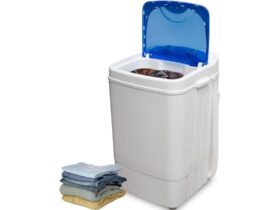
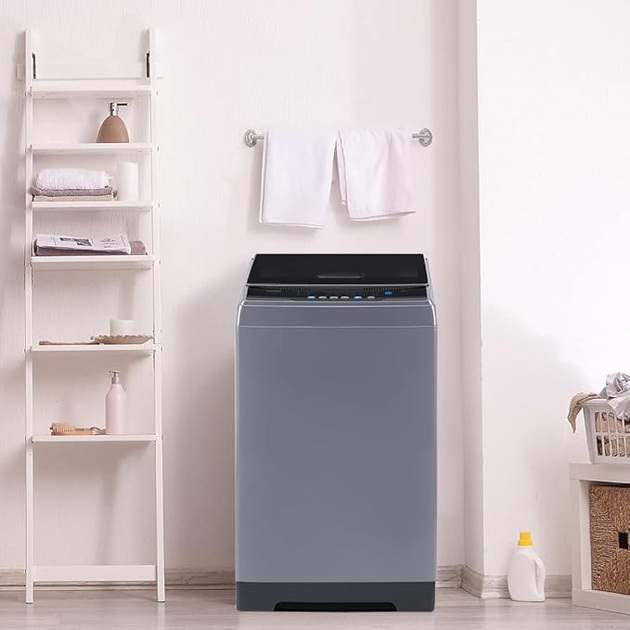
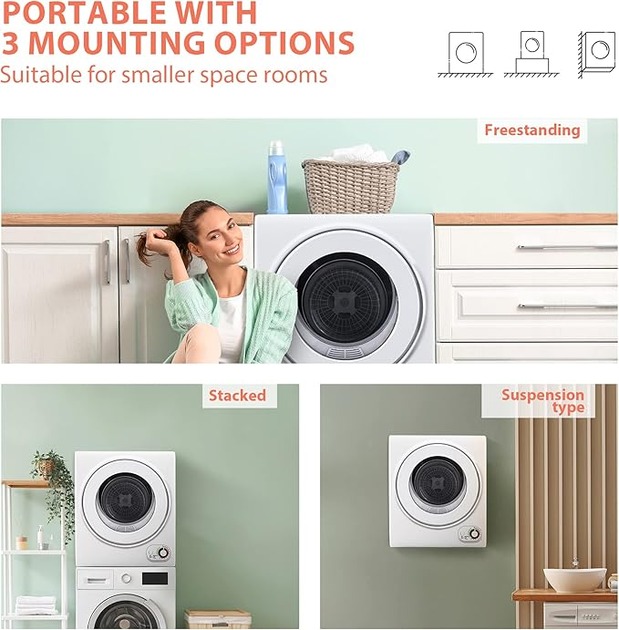
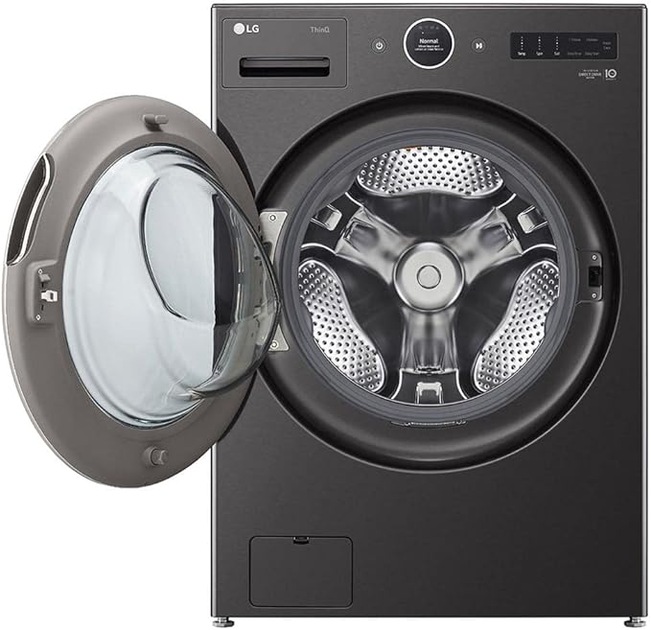
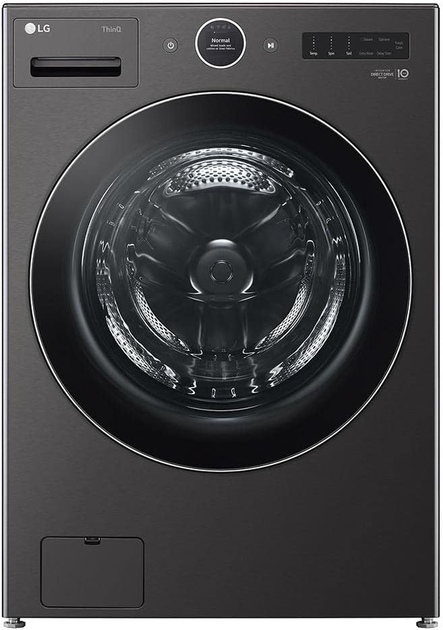
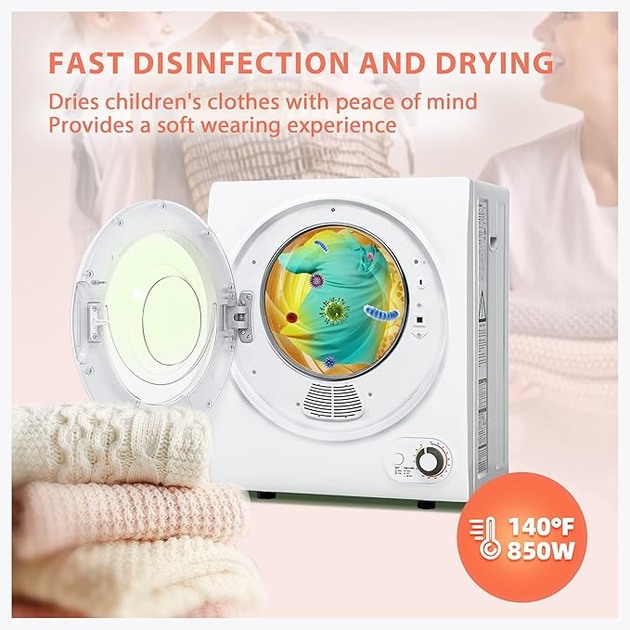
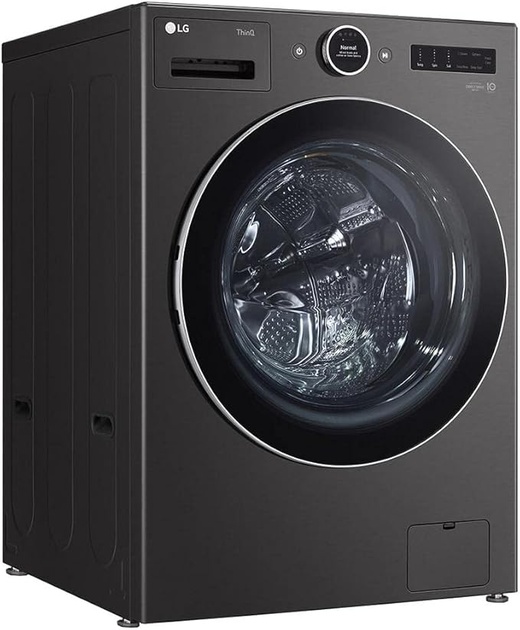
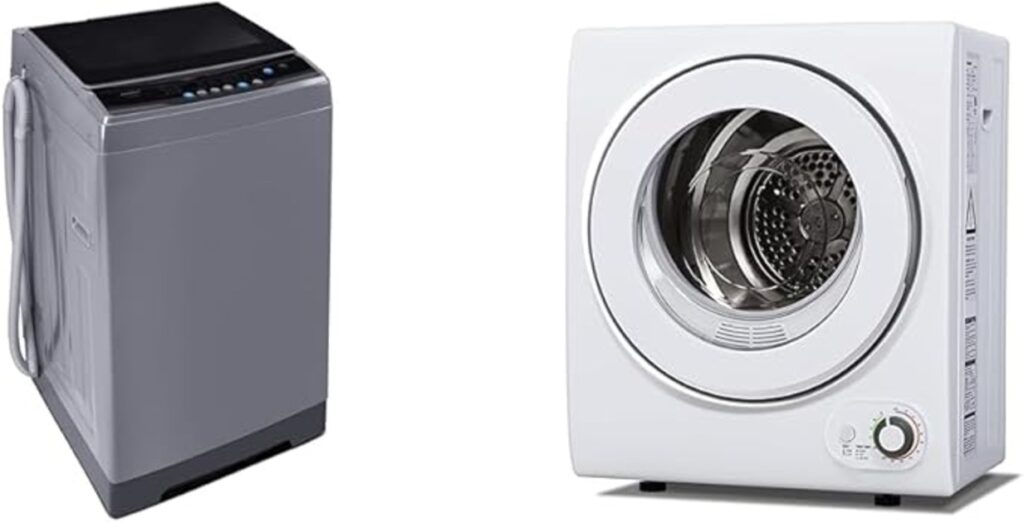
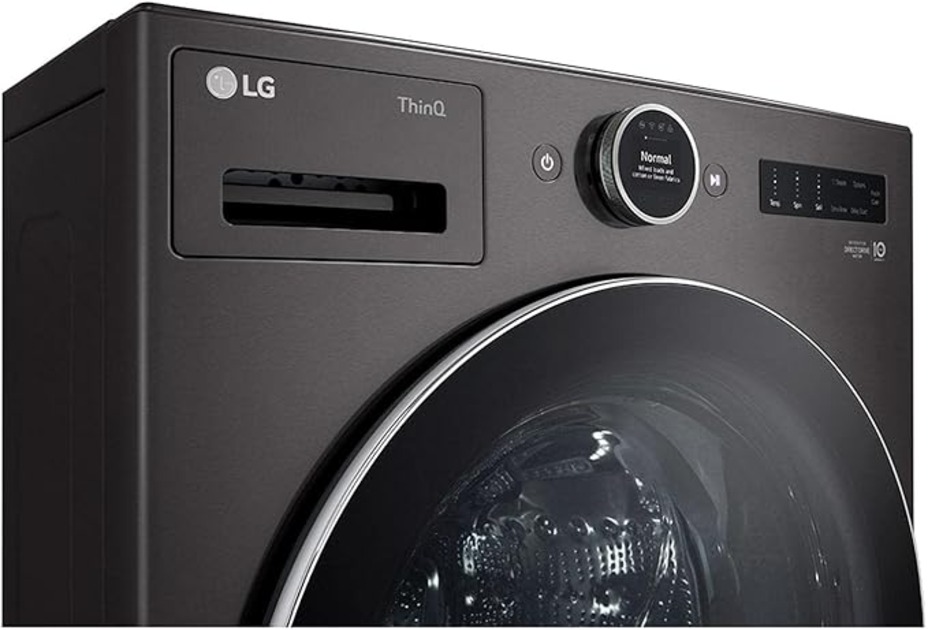
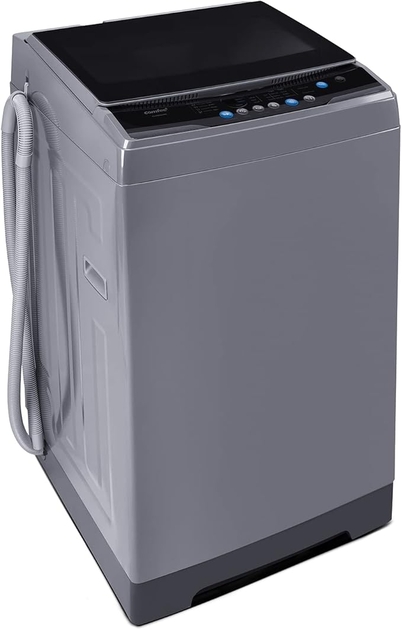
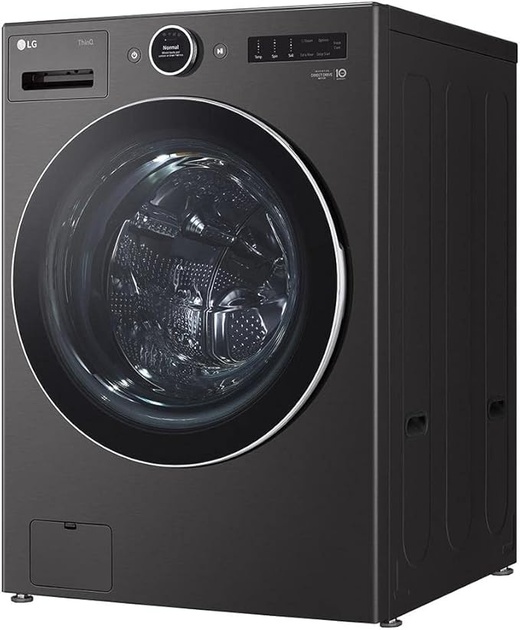
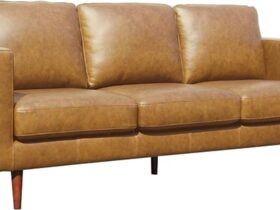



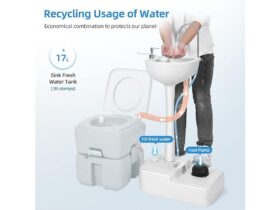
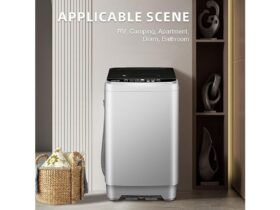
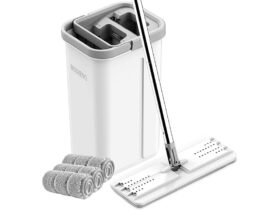
Leave a Reply